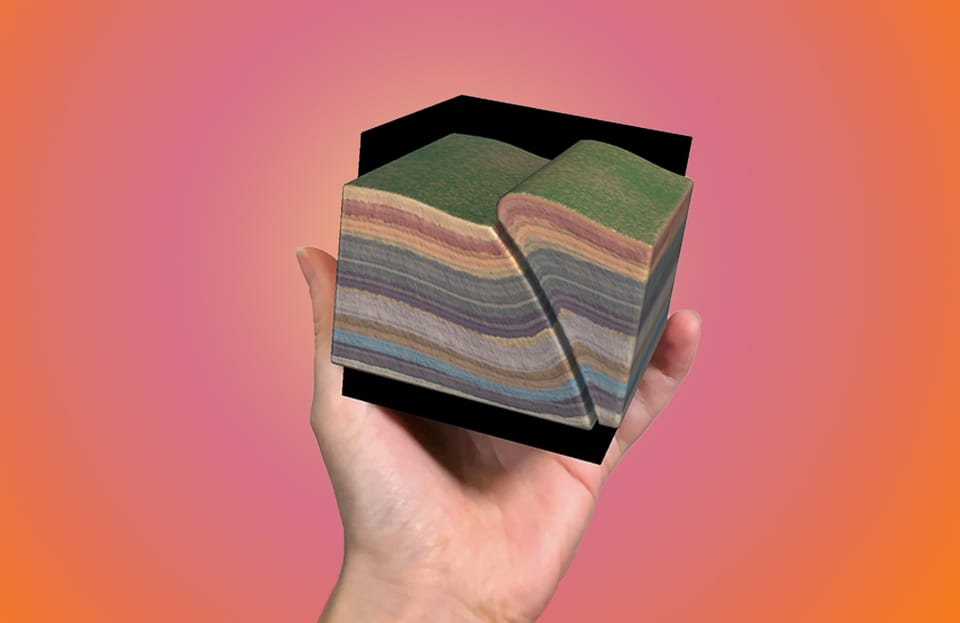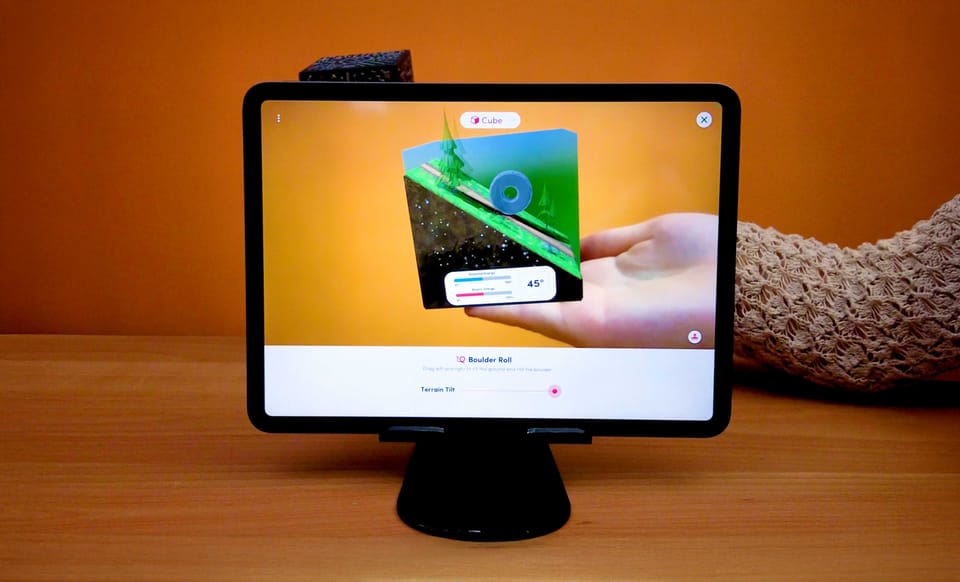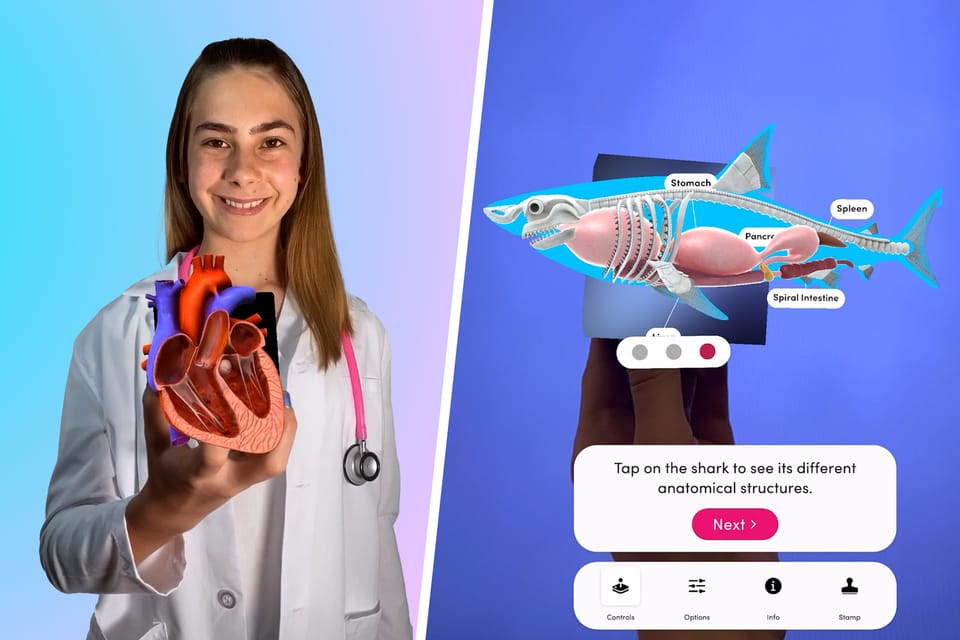Exploring Our Planet: Celebrating Earth Science Week with Merge EDU
Let's explore how Merge EDU can bring Earth science concepts to life in your classroom!
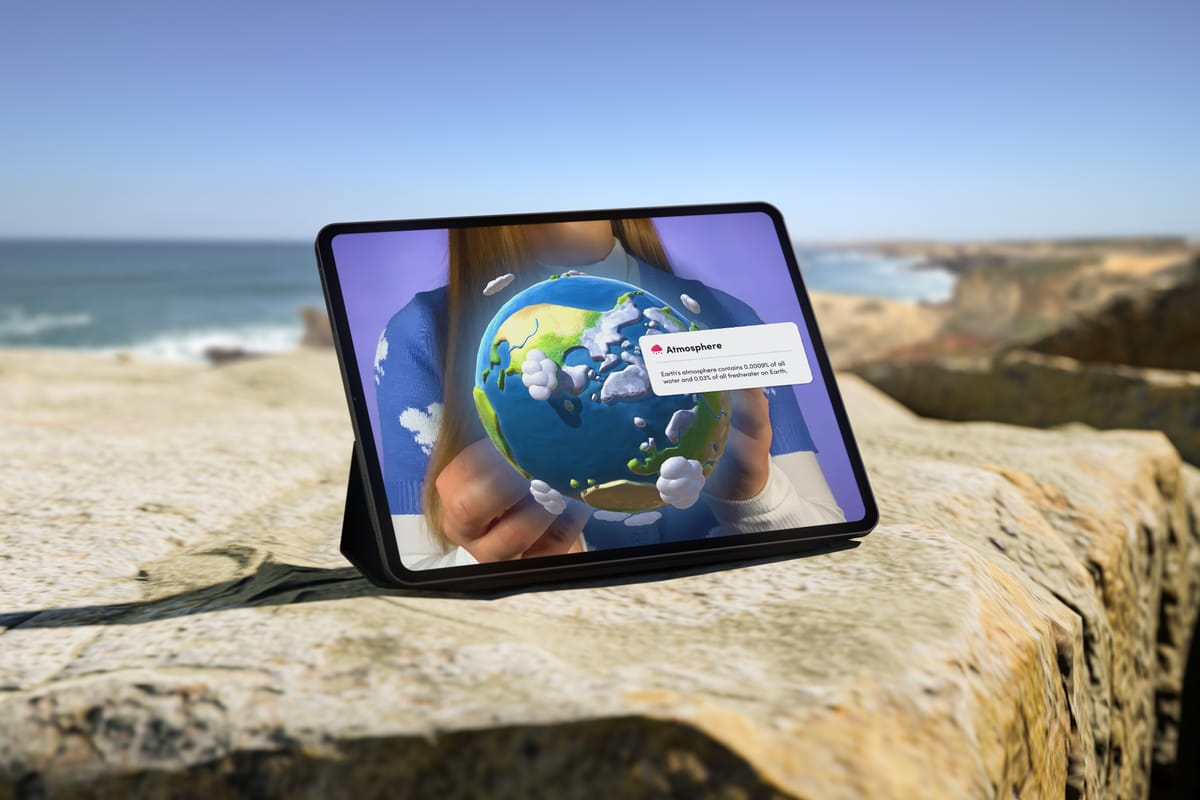
Earth Science Week (October 13-19, 2024) is just around the corner, and at Merge, we're excited to help educators and students dive deep into the wonders of our planet! This year's theme, "Earth Science is for Everyone," emphasizes the importance of learning about the Earth, including its rocks, weather, oceans, and natural phenomena for all people regardless of their career path.
Finally getting things Into place to use our @Foundation4LISD devices for safe hands on learning with @MergeVR!! Students will get to break open the earth to see the layers on their desk.... say what?! @Lockhart_JH #earthlayers pic.twitter.com/NKnRIqvgsc
— Avri DiPietro (@SciwithPie) January 21, 2021
Why Earth Science Matters
Earth science helps us understand the world around us, from the rocks beneath our feet to the atmosphere above our heads. Knowing more about the Earth helps us make informed decisions about our environment and the impacts we have on it. Everyone can benefit from knowing how the Earth works! Earth science encompasses geology, meteorology, oceanography, and astronomy, providing crucial insights into:
- Natural disasters and how to mitigate their impacts
- Environmental conservation
- Natural resource management
- The Earth's place in our solar system and beyond
By studying Earth science, students develop critical thinking skills and gain a deeper appreciation for our planet's complexity.
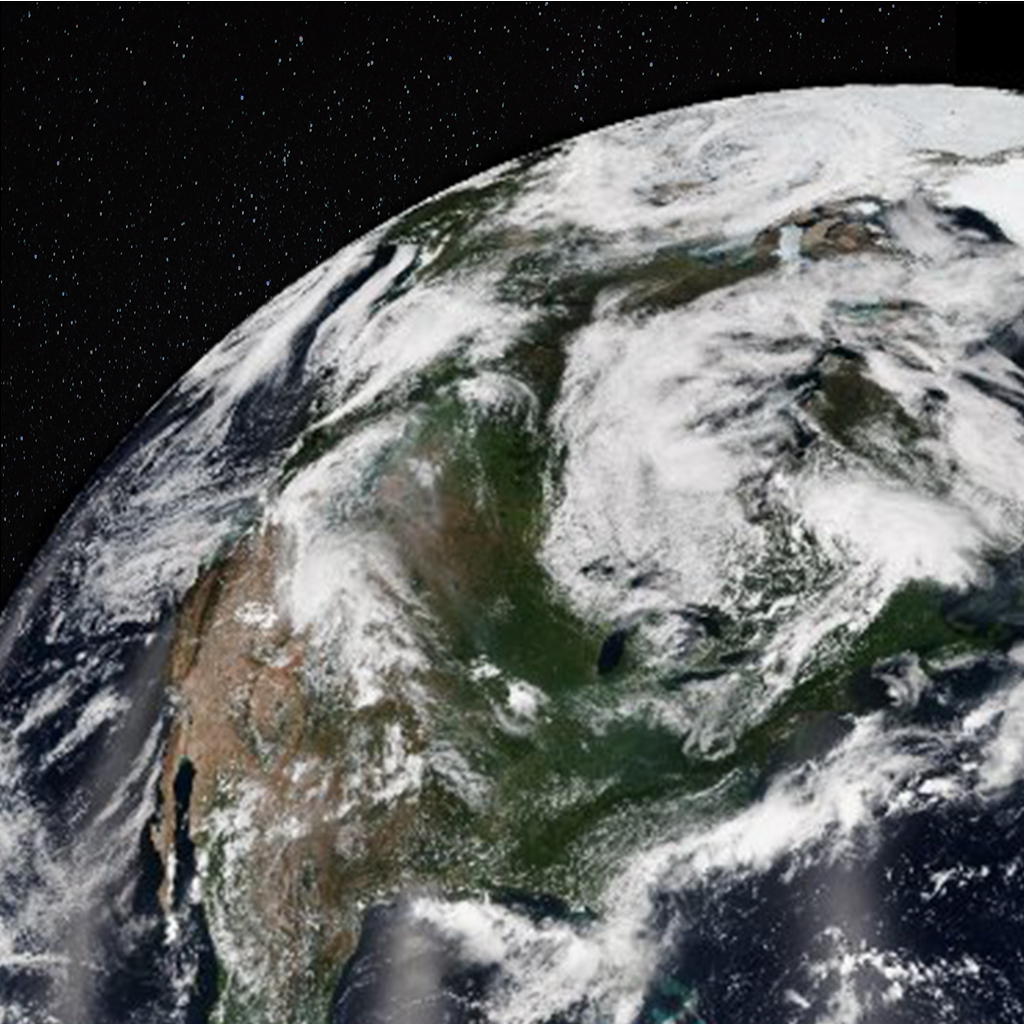
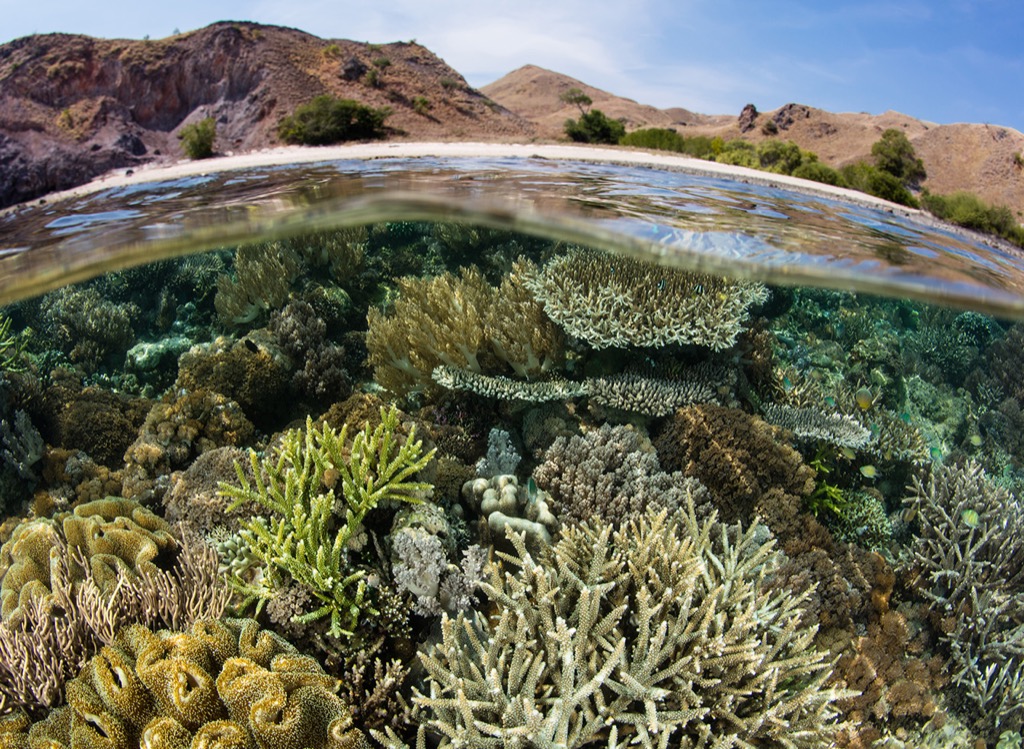
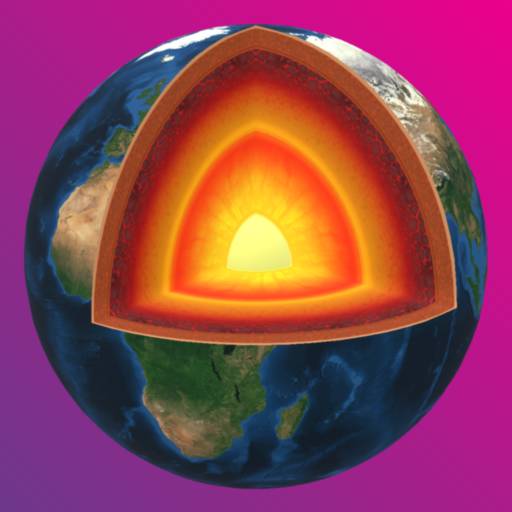
Bringing Earth Science to Life with Merge EDU
Merge EDU offers unique ways to engage students with Earth science concepts. Here's how you can use it to create immersive learning experiences in your classroom:
🥳Shout Out to Mrs. Loberg @BryanJays5 @millardcentral for her perseverance with @mergecube
— MPS Instructional Tech (@gr8mpstech) September 26, 2024
Her students are so lucky to have her bring the world 🌎 into their classroom every day! pic.twitter.com/MsKgeomRnz
1. Explore the Earth's Layers with Merge Explorer
Use the Merge Cube and our Journey to the Core simulation in Merge Explorer to let students hold a 3D model of the Earth's interior. They can:
- Examine the crust, mantle, outer core, and inner core
- Understand the relative depths of each layer
- Explore how temperature and pressure change as we move deeper into the Earth
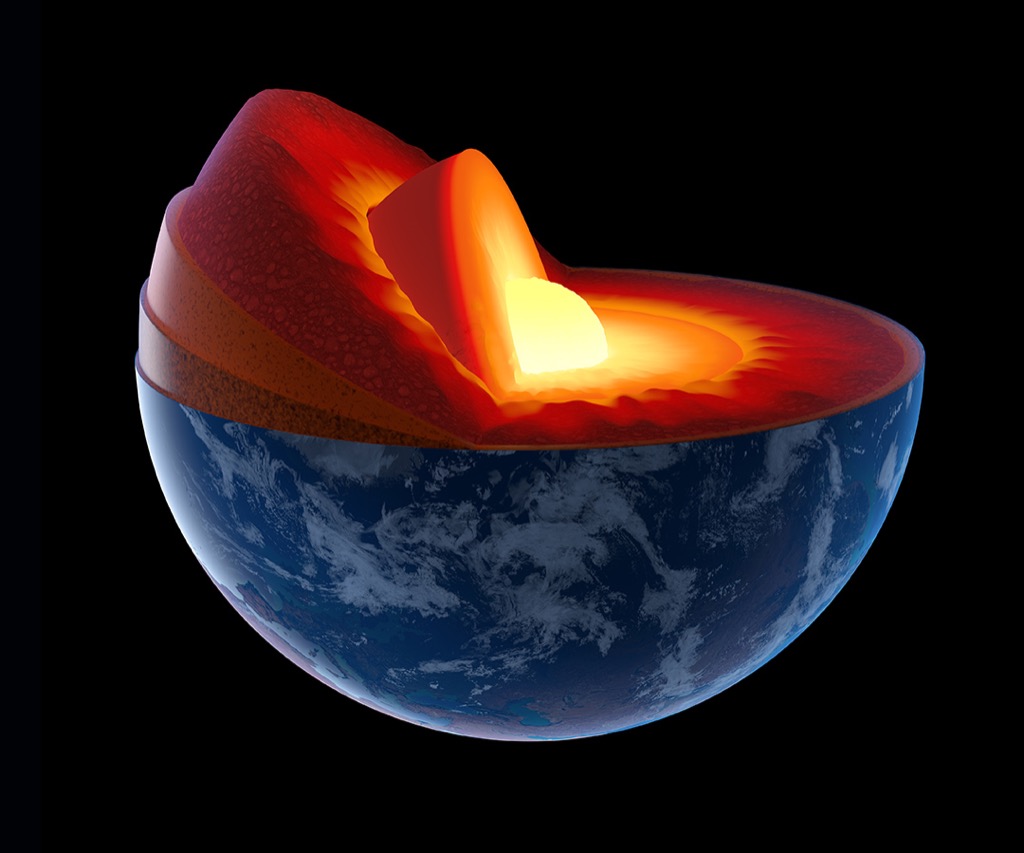
2. Visualize Geological Structures with Merge Object Viewer
Merge Object Viewer allows students to hold and inspect over 1,000 digital teaching aids! Using the Geology Collection, students will be able to:
- Visualize a variety of geological structures like mountains, volcanoes and canyons
- Inspect various types of rocks and understand the way they were formed
- Get a close up look at faults and geological processes like subduction

3. Study Weather Patterns with Merge HoloGlobe
Merge HoloGlobe brings real-time NOAA and NASA data to life. Students can:
- Observe global weather patterns in real-time
- Track hurricanes and storm systems
- Examine long-term climate trends
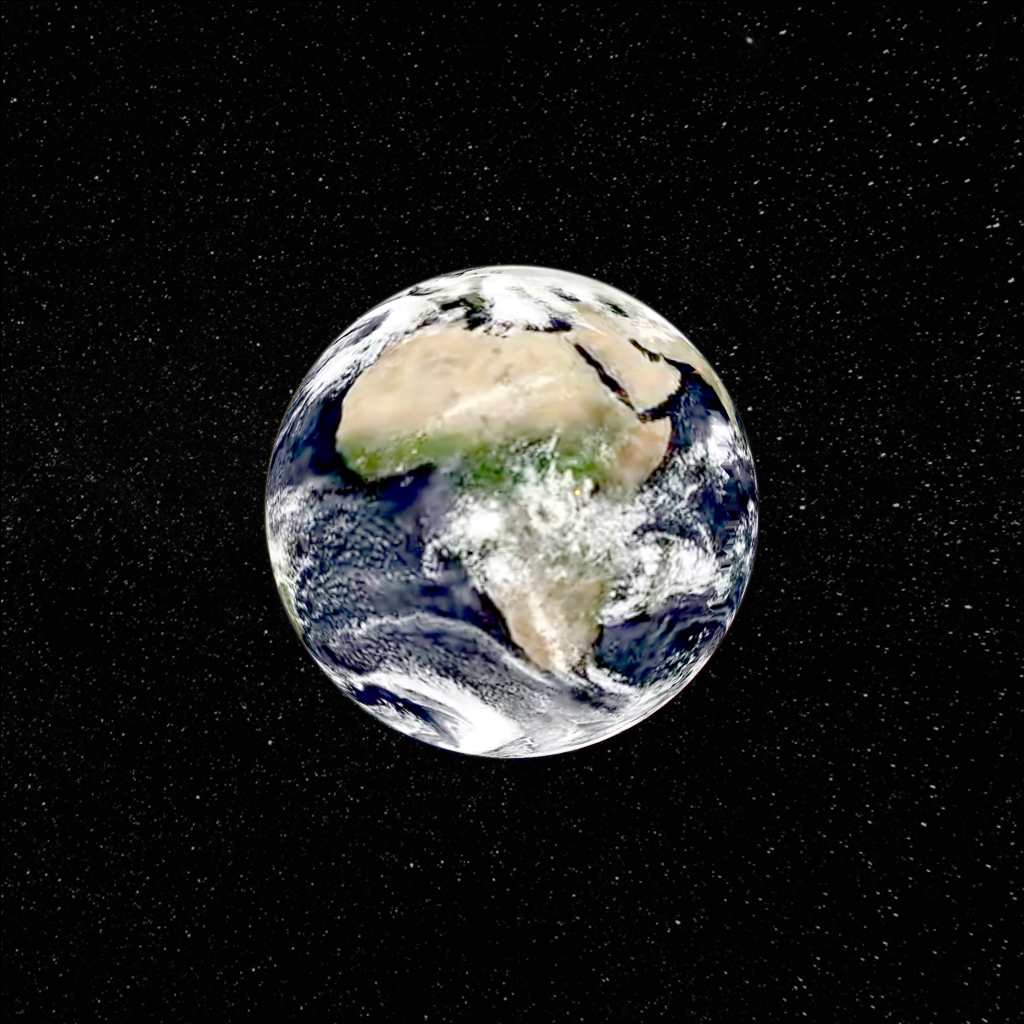
Earth Science Week Instagram Contest
To celebrate Earth Science Week, we're excited to announce our Earth Science Week Instagram Contest!
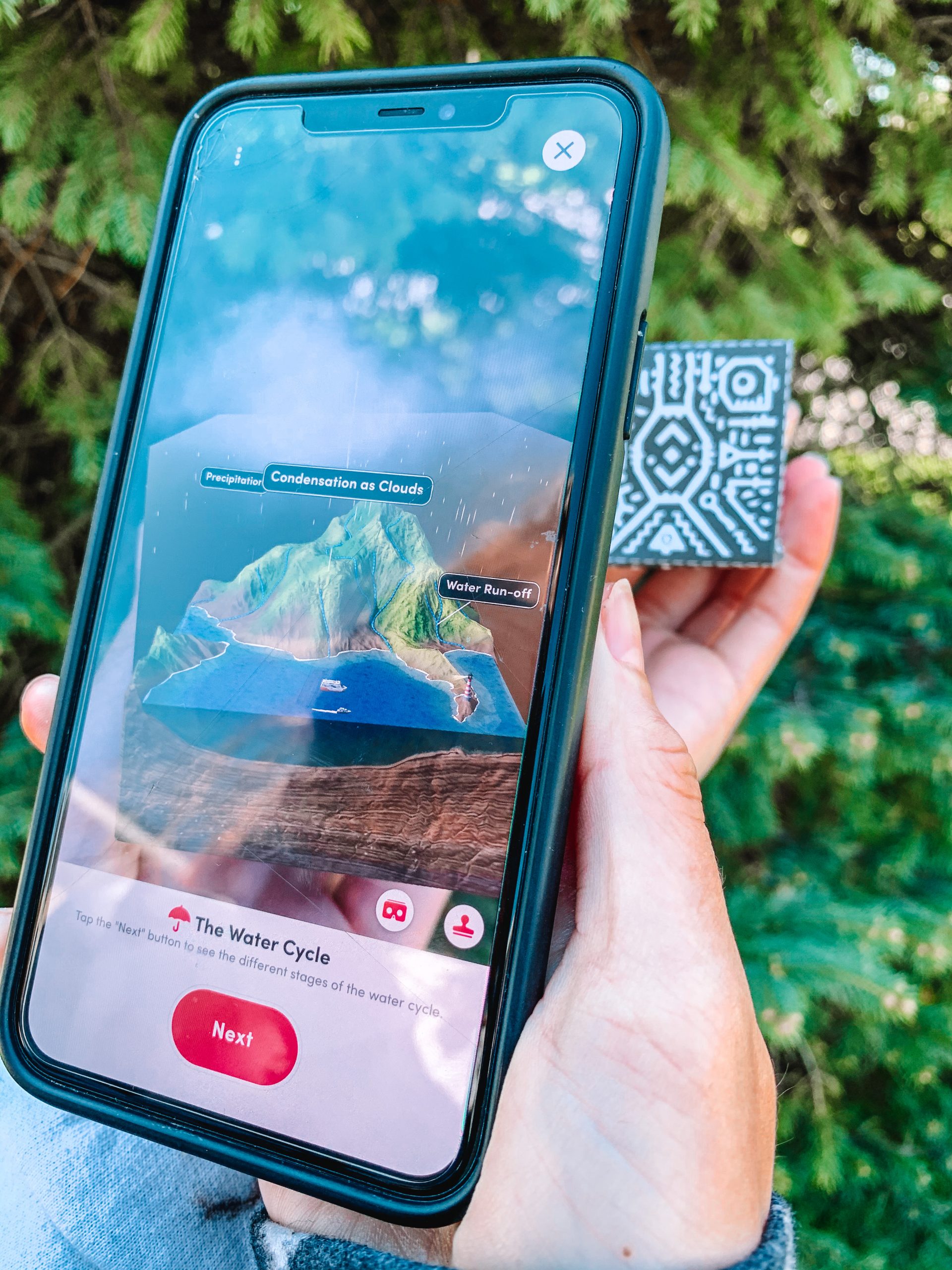
How to Enter:
- Follow @Merge on Instagram.
- Post a photo or short video showing how you're using (or plan to use) Merge EDU to teach Earth science concepts.
- Use the hashtags #MergeEarthScience and #EarthScienceWeek in your post.
- Tag @Merge in your post.
Prize:
Each day from October 13-19, 1 lucky winner will receive:
- A one-year Individual Subscription to Merge EDU
- 3 Merge Cubes
Contest Details:
- The contest runs throughout Earth Science Week (October 15-19, 2024).
- We will pick one winner everyday via our Instagram page
- Entries will be judged based on creativity, educational value, and effective use of Merge EDU tools.
Happy Earth Science Week from Merge EDU!








